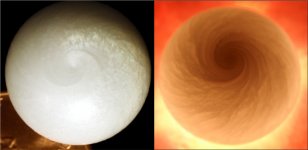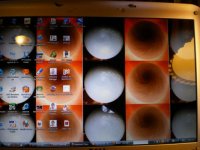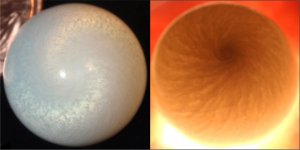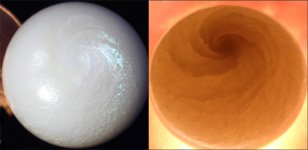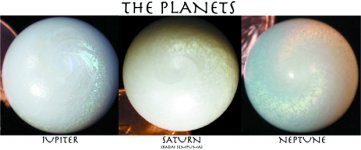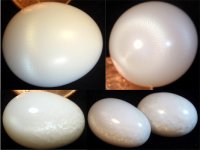We begin the next chapter.
As previously mentioned, we are in the midst of a fertile harvest following months of earnest inquiry and collaboration with local sources. Indonesia has proven to be the right location for our search, as the far-flung and remote geography of the country has preserved local traditions, including the mustika regard for Nautilus and its powers. Additionally, Nautilus Pompilius and its subspecies are larger in Indonesia (my latest shell specimen fully 30 cm, larger than the largest examples cited in Peter Ward's Natural History of Nautilus), resulting in our very large specimens collectively known as The Planets.
We have just received the pearls below. An in situ photo of the matching teardrops has already been posted. Pearl with penny and on the left of the pair shot is 12.05cts, symmetrical 10.1mm x 15mm, found in a private collection on Sumatra. Pearl on the right is the 'cooked' pearl, 11.75cts, symmetrical 10.1mm x 14.2mm, found by a diver on an island in the Straits of Makassar upon catching and eating a Nautilus 10 years ago. These are clearly Nautilus in their surface, color and chatoyant characteristics.
The giant drop is another story. This was offered as Nautilus with provenance: Island and decade of finding. The same source supplied one of 'The Planets' and offers huge credibility.
However, I cannot say it is a Nautilus. There is no evidence of swirl, and the chatoyance originates in a fine flame structure which differs from that of Nautilus. In favor of Nautilus-ness, the pearl is supremely translucent and the photos reveal tantalizing blue tones.
The pearl is a perfectly symmetrical 18.3mm x 22mm x 18.3mm, 56.3 carats. Its unblemished surface and flame are perfectly consistent on all sides, the chatoyance ideally situated in the fat belly band of the drop. Nautilus or Naut, I offered and paid a premium. I don't anticipate coming across another centerpiece as spectacular as this anytime soon.

